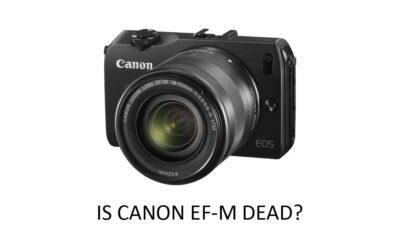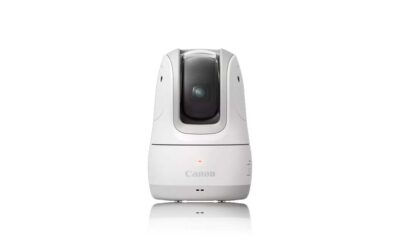In this Canon RF 15-30mm vs RF 14-35mm F4 comparison, we find two lenses with a lot in common. For instance, both lenses squeeze 5-stops worth of image stabilization and an ultra-wide angle of view into a compact body.
However, the RF 15-30mm is one-third the price of the RF 14-35mm and is more compact. In contrast, the RF 14-35 offers a more versatile zoom range and a larger, brighter aperture. So, is the RF 15-30mm cheap and cheerful or just cheap? Let’s take a look.
Canon RF 15-30mm F4 vs RF 14-35mm Features
Aperture
The Canon RF 15-30mm F4.5-6.3 is a variable aperture lens. This means the size of the aperture depends on how zoomed-in you are. In this case, the RF 15-30mm’s aperture maxes out at F4.5 at 15mm and shrinks to F6.3 as you zoom towards 30mm. Read What is Aperture

In contrast, the Canon RF 14-35mm is a fixed aperture zoom lens. Therefore, it maintains a large F4 aperture at all focal lengths. As a result, the Canon RF 14-35mm’s larger F4 aperture passes 25% more light at its widest angle and 250% more light at 30mm compared to the RF 15-30mm lens. Furthermore, the RF14-35mm’s larger aperture means it has more potential for background blur.

Whether this matter depends on your kind of photography. If you shoot landscapes, you’ll likely be using smaller apertures for the sake of extended depth-of-field. But if you’re taking photos of moving subjects in low light, the larger the aperture, the better. Read Best Aperture for Landscape Photography
Angle of View
While both the Canon RF 15-30mm and RF 14-35mm offer extremely wide angle-of-views, the RF 14-35mm is just a little wider. But because the RF 14-35mm can keep going until 35mm, it is more useful as an everyday lens.
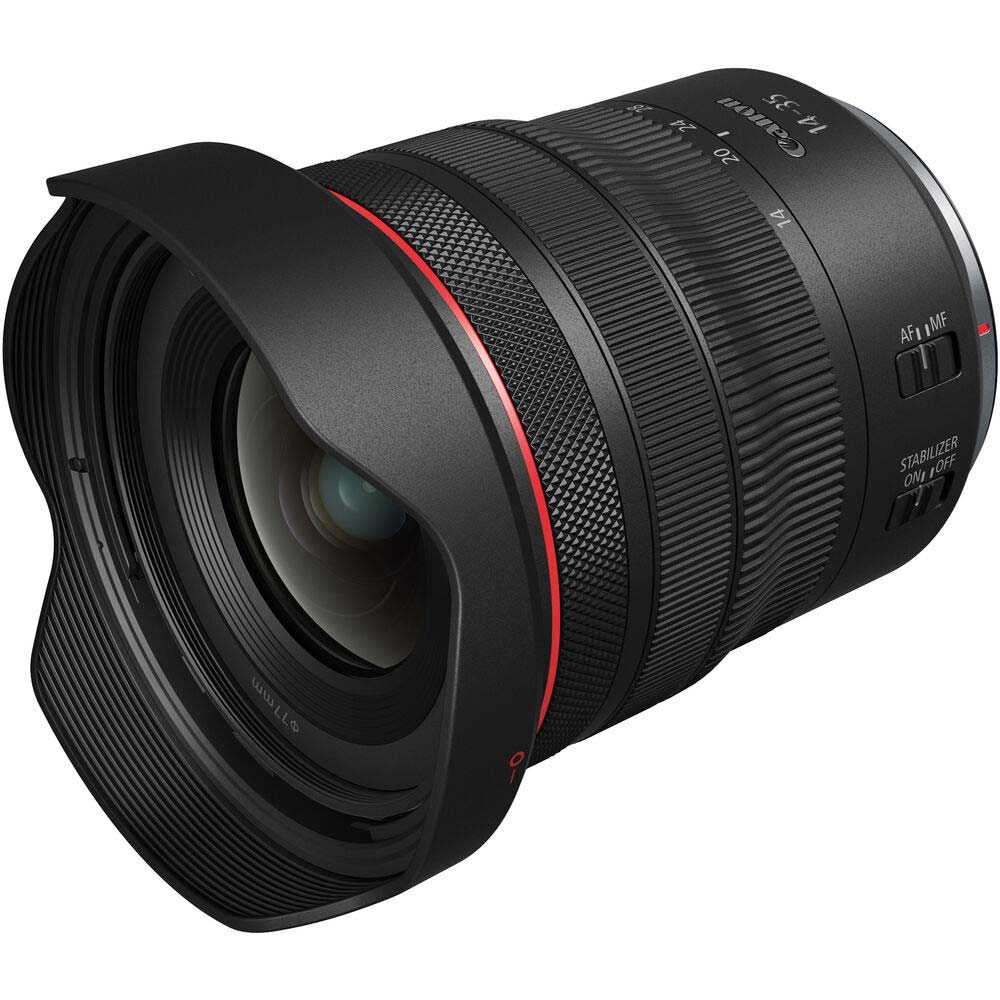
On the other hand, the RF-15-30mm stops at a still-very-wide 30mm. Thus I would feel compelled to pair it with another lens. Read What is Focal Length.
Maximum Magnification
The RF 14-35mm F4 can reproduce an image at 0.38x its original size. This is impressive and means the RF 14-35mm F4 is a good choice for taking up-close photos of smaller objects such as flowers.
Unfortunately, the RF 15-30mm’s maximum magnification is 0.16x which is not very good. However, the RF 15-30mm has a party trick. If you set your focal length to 15mm and switch to manual focus, the RF 15-30mm can deliver up to 0.52x magnification. But at 15mm, you’ll be almost point blank with your subject, so you will have to take care not to cast a shadow over whatever you photograph. And, of course, you’ll miss autofocus. But still, 0.52x is significant.
Image Stabilization
Both the RF 14-35mm F4 and RF 15-30mm F4.5-6.3 are good for up to 5 stops of stabilization when used with older cameras such as the Canon RP. Alternatively, attach either lens to a Canon R5 or Canon R3 and enjoy up to 7-stops of stabilization. Read Stops in Photography explained.
Body
The Canon RF 15-30mm F4.5-6.3 is 150 grams lighter than the Canon RF 14-35mm F4 and a little more compact. And both lenses have control rings for focus and focal length and a switch each for focus mode and image stabilization.

However, only the Canon RF 14-35mm F4 gets a third, customizable control ring that can be set to drive aperture and such. And unlike the Canon RF 15-30mm, the Canon RF 14-35mm F4 is advertised as weather resistant.
Canon RF 15-30mm vs RF 14-35mm Image Quality
I’ve yet to compare these lenses but judging by the MTF charts, the Canon RF 14-35mm is the sharper lens. This is particularly true towards the corners of the frame. That being said, it’s nowhere near three times as good as the three times cheaper lens. Therefore, the Canon RF 15-30mm F4 is a genuine bargain.
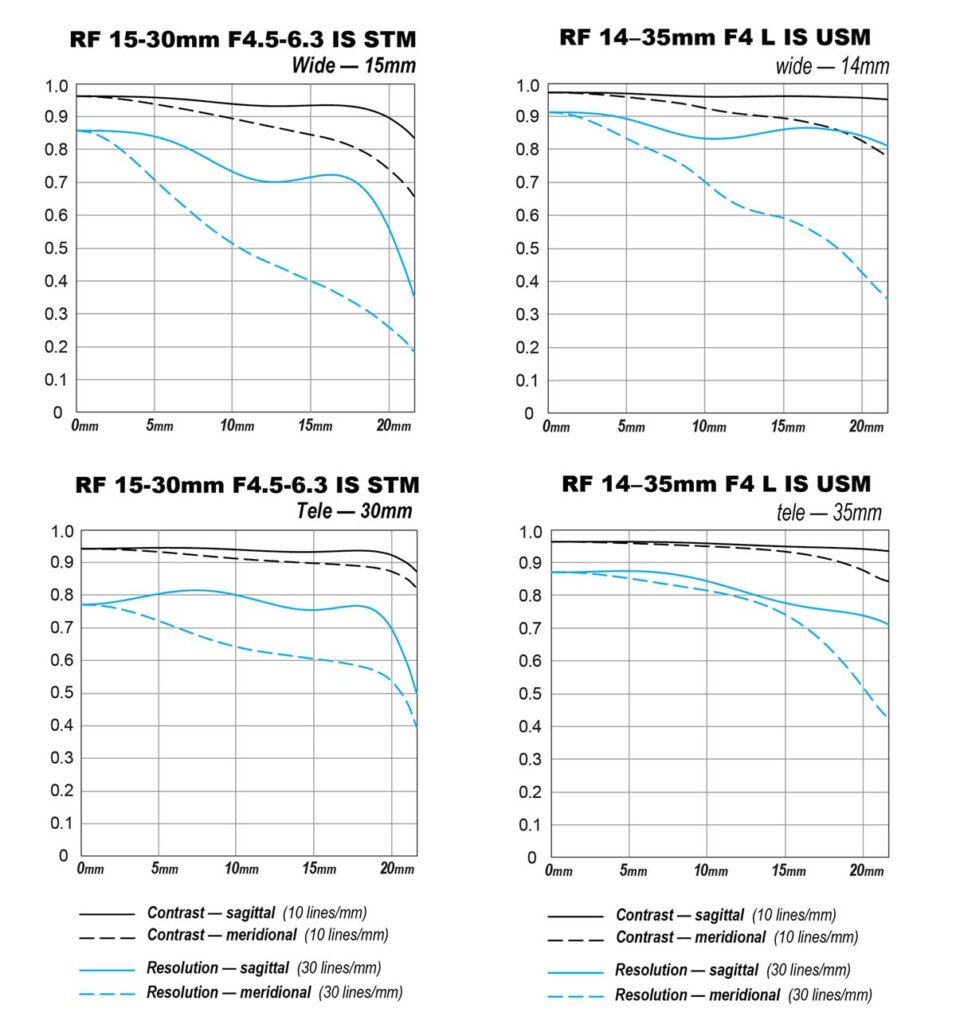
Canon RF 15-30mm F4 vs RF 14-35mm Specs
| Canon RF14-35 F4L | Canon RF15-30mm F4.5-6.3 | |
| Price (US$) | $1,649 | $549 |
| Focal length | 14-35mm | 15-30mm |
| Angle of view | 114-63 Degrees | 110-71 Degrees |
| Maximum aperture | F4 | F4 |
| Minimum aperture | F4 | F6.3 |
| Diaphragm blades | 9 Rounded Blades | |
| Lens construction | 16 Elements in 12 Groups | 13 Elements in 11 Groups |
| Optical Image Stabilization | Yes – 5 Stops (7 Stops with R3/R5) | Yes – 5 Stops (7 Stops with R3/R5) |
| Minimum focus distance | 20cm | 28cm (13cm with MF) |
| Maximum reproduction ratio | .38x | .16x (.52x with MF @ 15mm) |
| Filter-attachment size | 77mm | 67mm |
| Dimensions (approx) | 84.1mm x 99.8/107.9mm | 76.6mm x 88.4mm |
| Weight (approx) | 540g | 390g |
Conclusion
Overall, the Canon RF 15-30mm F4.5-6.3 is a qualified bargain. For one-third of the cost, the RF 15-30mm offers almost as much as the Canon RF 14-35mm. So, is the Canon RF 14-35mm F4 a waste of money? Well, no.
Why you should buy the Canon RF 14-35mm F4
Ultimately, the Canon RF 14-35mm F4 is a much more versatile lens. Its larger aperture offers greater potential to blur backgrounds and capture moving subjects without motion blur. Additionally, the RF 14-35mm is 250% brighter at the long end – a huge advantage since you must use shorter light-starved shutter speeds at longer focal lengths to avoid camera shake.
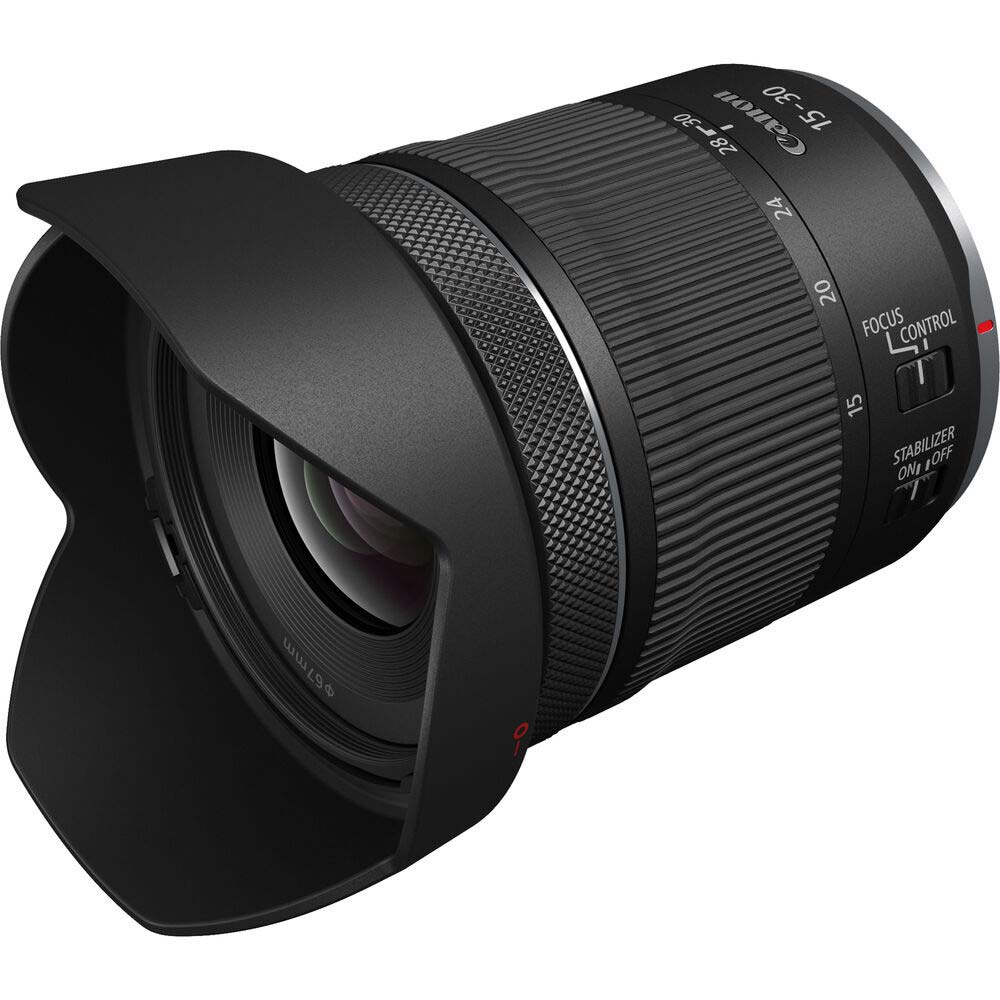
Furthermore, the RF 14-35mm can shoot a little wider and a little longer, making it a sound option for landscapes, streets, and even a little astrophotography. In contrast, the RF 15-30mm stays firmly in wide-angle land, which is fine for landscapes, video, and vlogging, but it really needs to be partnered with another lens.
But even as a landscape lens, the RF 15-30mm is somewhat compromised by its lack of weather resistance. Nor does it appear to match the frame-wide sharpness of the weather-resistant RF 14-35mm F4.
Price
The Canon RF 15-35mm F4.5-6.3 costs US$549 – or one-third the cost of the Canon RF 14-35mm F4. And for the money, the Canon RF 15-35mm appears to overdeliver.

But in my experience, you should always aim to buy the lens you need. I myself have bought cheaper lenses only to go out and buy the more expensive version later, and I would not recommend this approach for two reasons.
First, you will likely spend more in the long run. Secondly, you might regret taking all of your older photos with the cheaper lens.
When it comes to lenses, it’s worth thinking long-term; while you may buy several Canon camera’s in ten years – a good lens is always a good lens. That being said, the Canon RF 15-30mm is a lot of lens for the money.
Which should you buy?
The Canon RF 15-30mm F4.5-6.3 is an absolute bargain, particularly if your use is limited to video and landscapes. But even in these cases, the brighter, sharper, more versatile, weather-resistant Canon RF 14-35mm F4 will prove more useful more often.
Which will you buy – feel free to comment below




